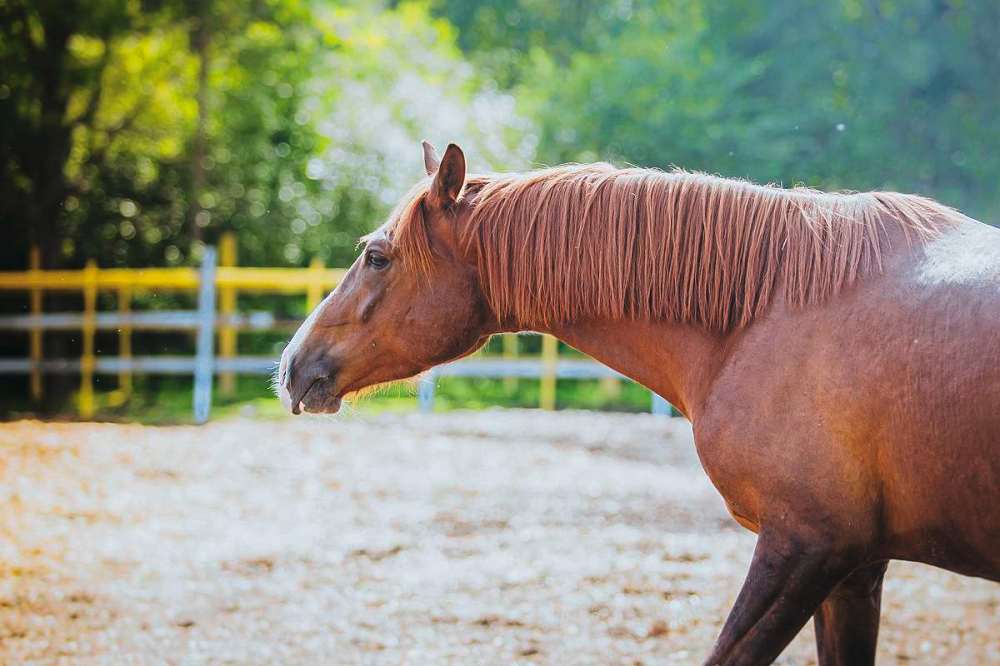Don’t let your horse live with pain in the neck
Advertisement
Hey there, time traveller!
This article was published 23/02/2018 (2834 days ago), so information in it may no longer be current.
You know that pain you get when you’ve slept on your neck the wrong way?
Imagine then going out to run cross-country or compete in an obstacle course race. Horses get neck pain as well, which can result in severe limitations in their range of motion and overall performance.
Horses have seven cervical vertebrae, 18 thoracic vertebrae and six lumbar vertebrae. These vertebrae convey the spinal cord within and each vertebra articulates with the ones adjacent via articular facet joints.

In a horse’s neck, the cervical vertebra performs a large range of motion compared to the vertebra of the back (thoracic and lumbar). The neck must be able to articulate nearly 360 degrees around the trunk to allow a horse to look side to side and to reach up and down for food or to avoid predators.
In performance work, the neck is used to facilitate tight turns and balance during high-speed manoeuvres. The neck must be flexible.
There are several issues that can arise in a horse’s neck such as developmental conditions, arthritis of the facet joints and compression of the spinal cord, to name a few.
Developmental disorders such as osteochondrosis of the facet joints and congenital malformations of the vertebrae result in pain in the neck and ultimately arthritis of the facet joints which are restricted or damaged by these changes.
Arthritis of the facets can occur due to overuse or improper use through harsh training or slips and falls injuring the neck. Compression of the spinal cord through narrowing of the canal or dynamic changes of the vertebrae compressing the cord can also result in pain and ultimately dysfunction of the limbs.
Recognizing neck pain can be more difficult than looking for a lameness in one of the legs.
The signs can include decreased range of motion, stiffness, pain on pressure over the facets, swelling of the neck at the facet joints, loss of muscle on the neck, inability to turn tight corners and subtle neurological deficits in the hind legs.
Your vet should be examine your horse’s neck as part of any lameness or performance exam and look for the subtle signs of neck pain.
Neck pain can be treated in some cases with corticosteroid injections, shockwave therapy, massage and other adjunctive therapies. In the worst cases, surgery can be performed to stabilize the vertebrae. If you have questions about your horse’s neck, contact your equine veterinarian.
Chris Bell is an equine veterinarian and surgical specialist who operates Elders Equine Veterinary Service, with clinics in Cartier and Winnipeg. See www.eldersequineclinic.com.




